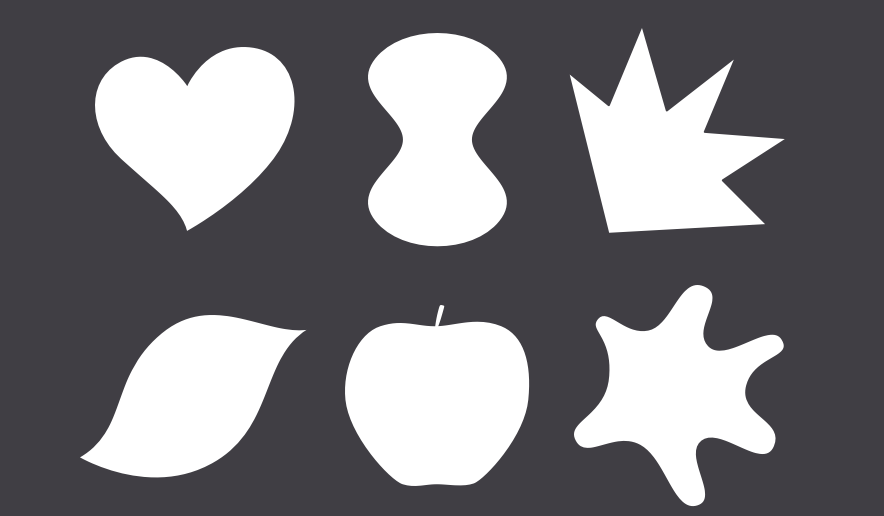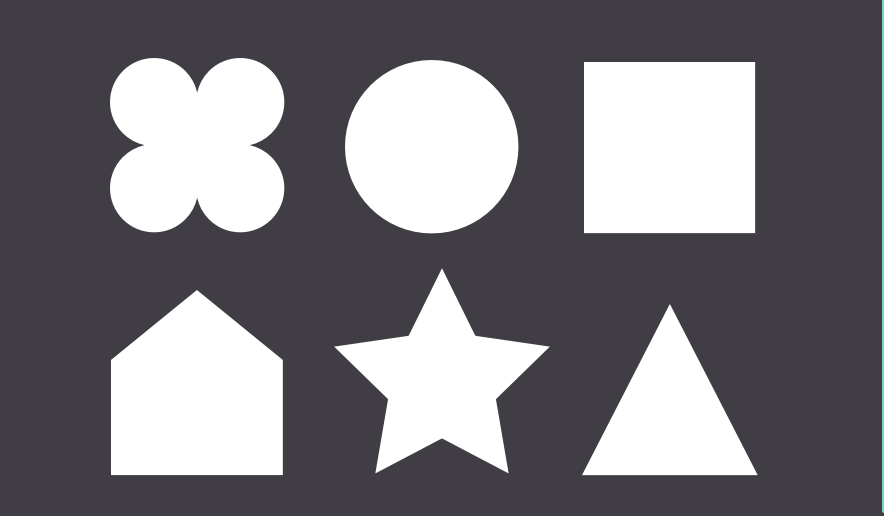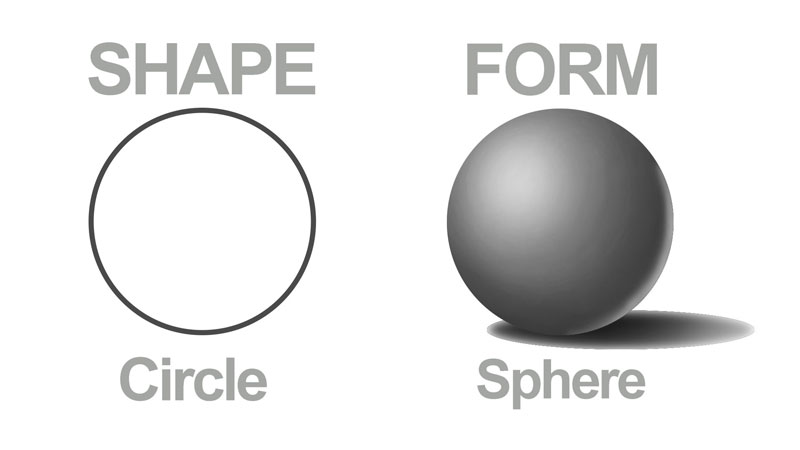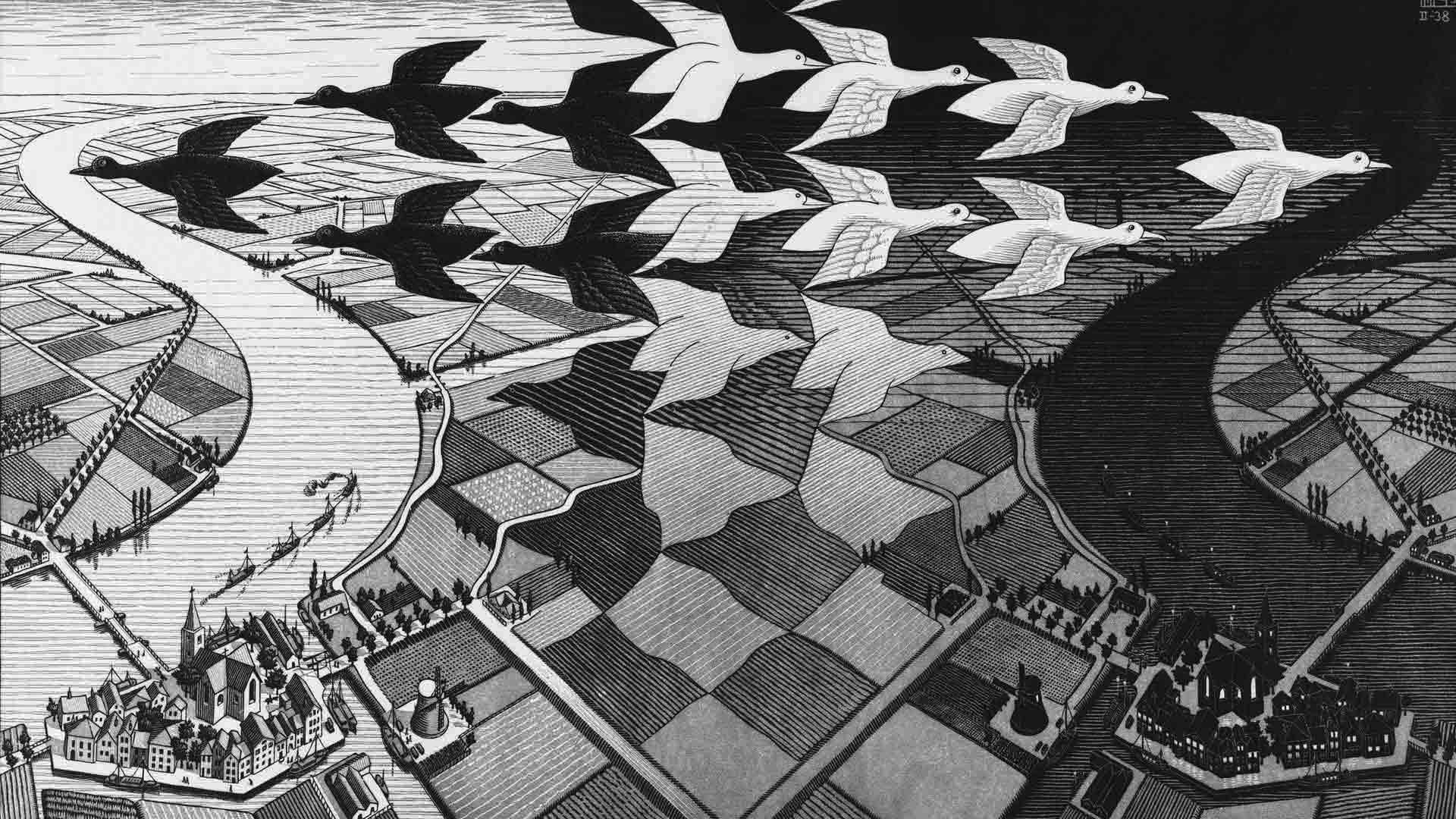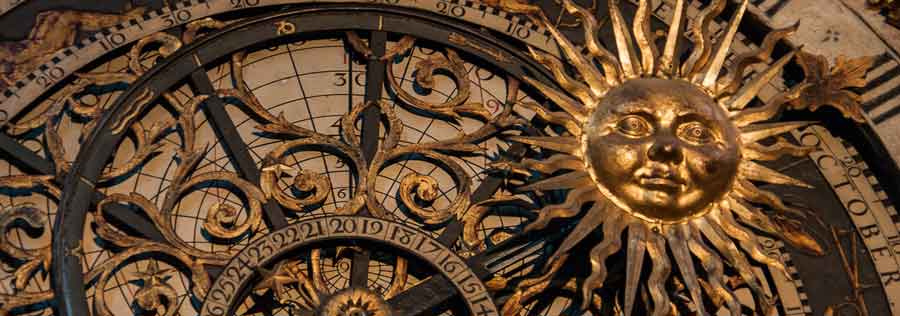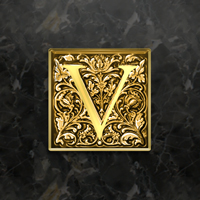See highlights and high-quality resources for advanced investigations.
Shape
(an element of visual art and design) is defined as a two or more dimensional area
that stands out from the space next to or around it
due to a defined or implied boundary,
or because of differences of value, color, or texture.
Shapes are recognizable objects and forms and
are usually composed of other elements of design...—

Shape at
oogle Arts & Culture
Video & Timestamps: SHAPE: The 7 Elements of Art
(12:39)
—Lillian Gray
Henri Matisse's Use of Shape (2:38)
Kandinsky's Use of Shape (3:46)
Static and Dynamic Shapes (4:07)
Use of Shape in Futurism (4:47)
Drawing with Basic Shapes (5:18)
Piet Mondrian's Use of Shape (5:52)
